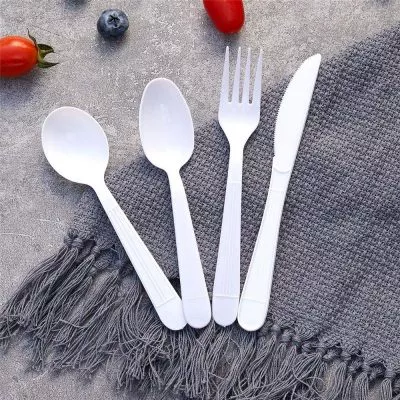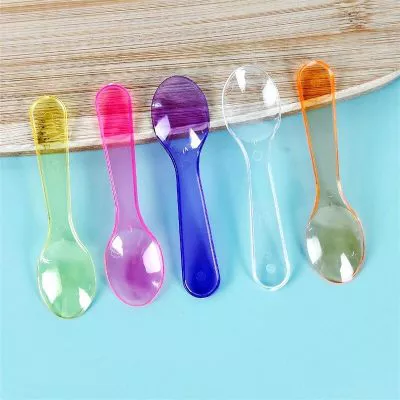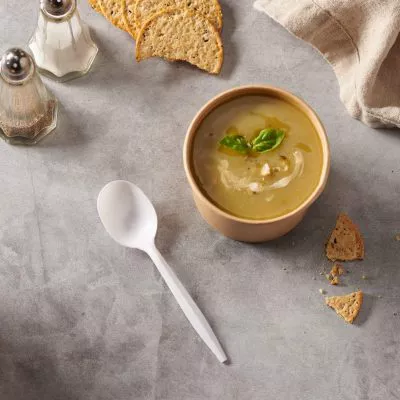We can explore from the following five points.
(1) Transmittance of PP is about 40%, while the transmittance of PS can reach 90%, therefore, if the product has the need for light transmittance, it is recommended that PS can be used, such as common transparent storage boxes, or tableware on the transparent top cover and so on.
(2) Hardness PP material is softer, PS material is harder, according to the needs of the product to choose the appropriate hardness of the material. For example, a PP spoon can be used for soup, but a harder PS spoon is needed for ice cream.
(3) Thermal stability Because PP is a crystalline material and PS is an amorphous material, PS is less thermally stable and is suitable for room temperature use, not for exposure to higher temperatures. For example, PS spoons are not suitable for contact with hot soup.
(4) Surface coating Compared to PP materials, PS is easier to color process, such as painting, printing, and other surface coating. Therefore, for the appearance of products with special color requirements, PS will be a better choice. For example, colorful stationery.
(5) Dimensional stability of plastics in the processing of molding will have "size after the shrinkage" of the problem (after the release of the mold residual stress relaxation resulting from ageing deformation). The shrinkage rate of PP is about 2%, while PS is only 0.4%, in other words, the size of PS is easier to control.







